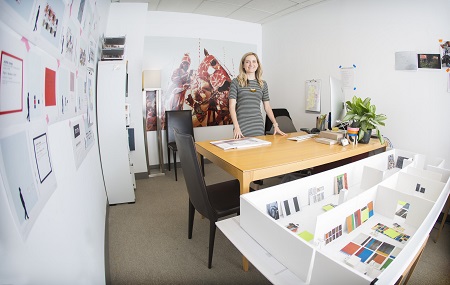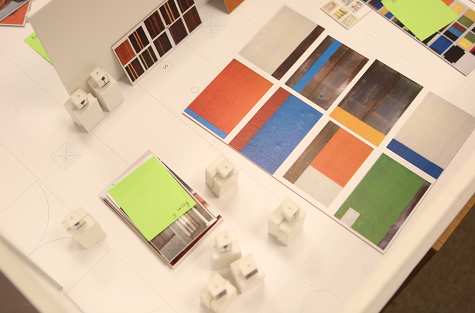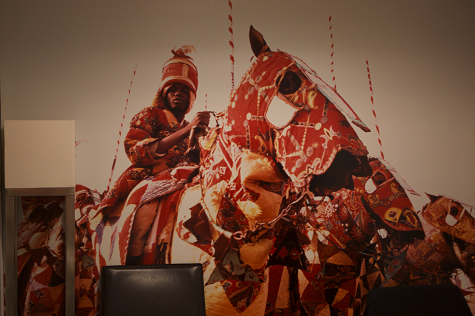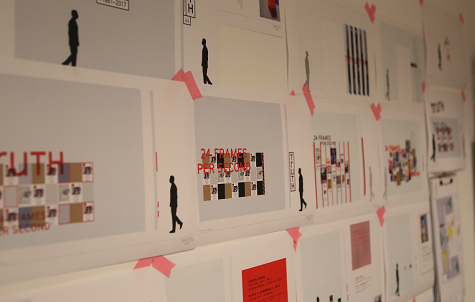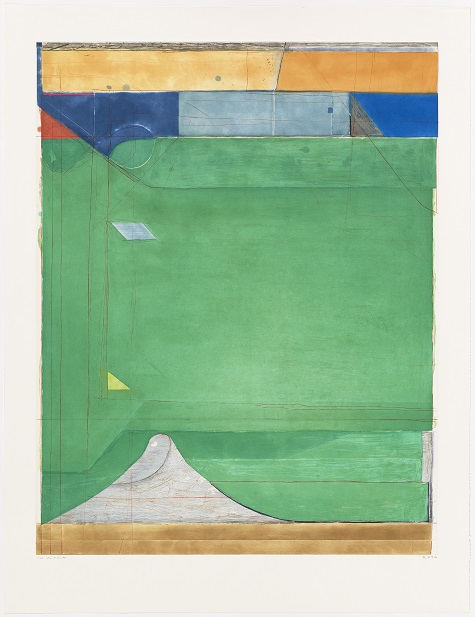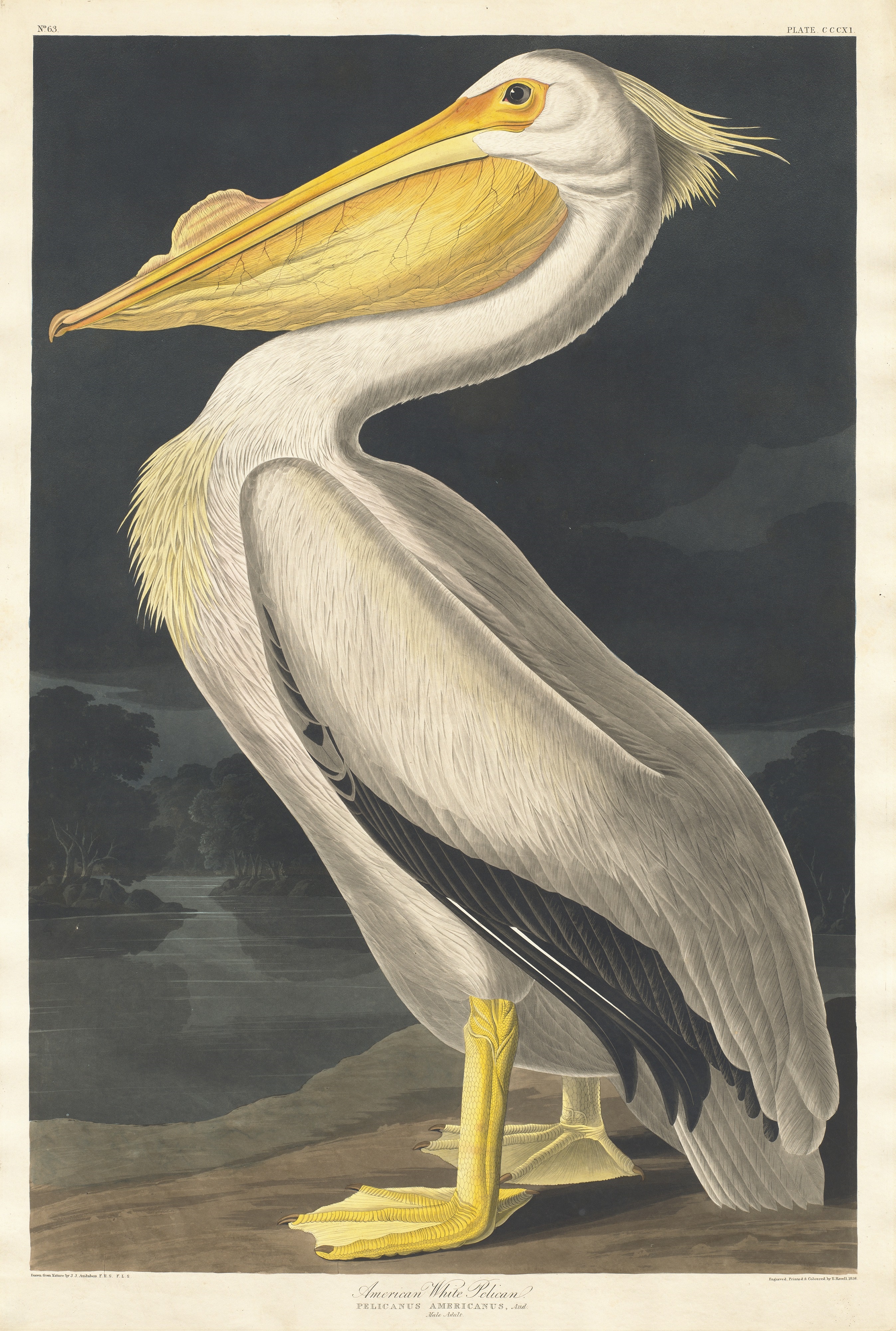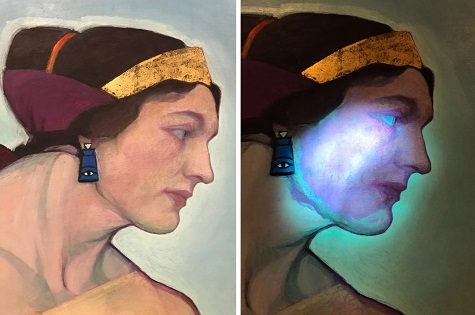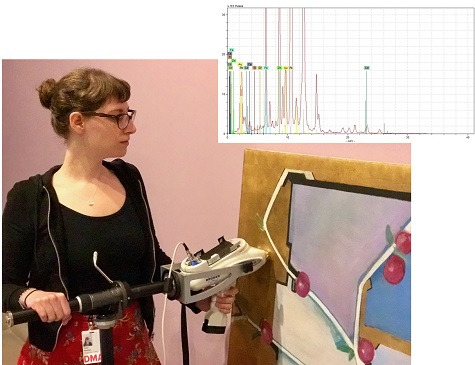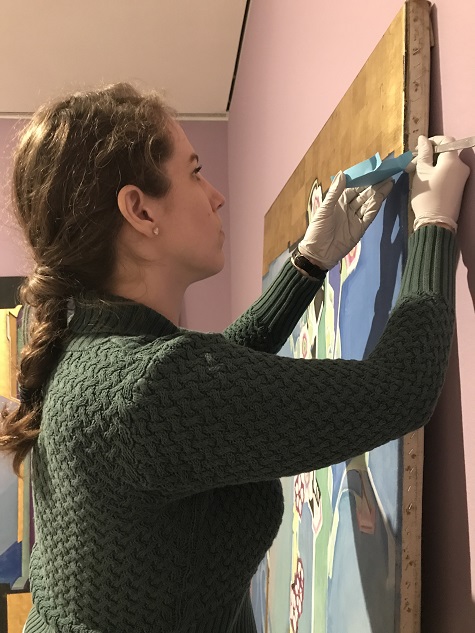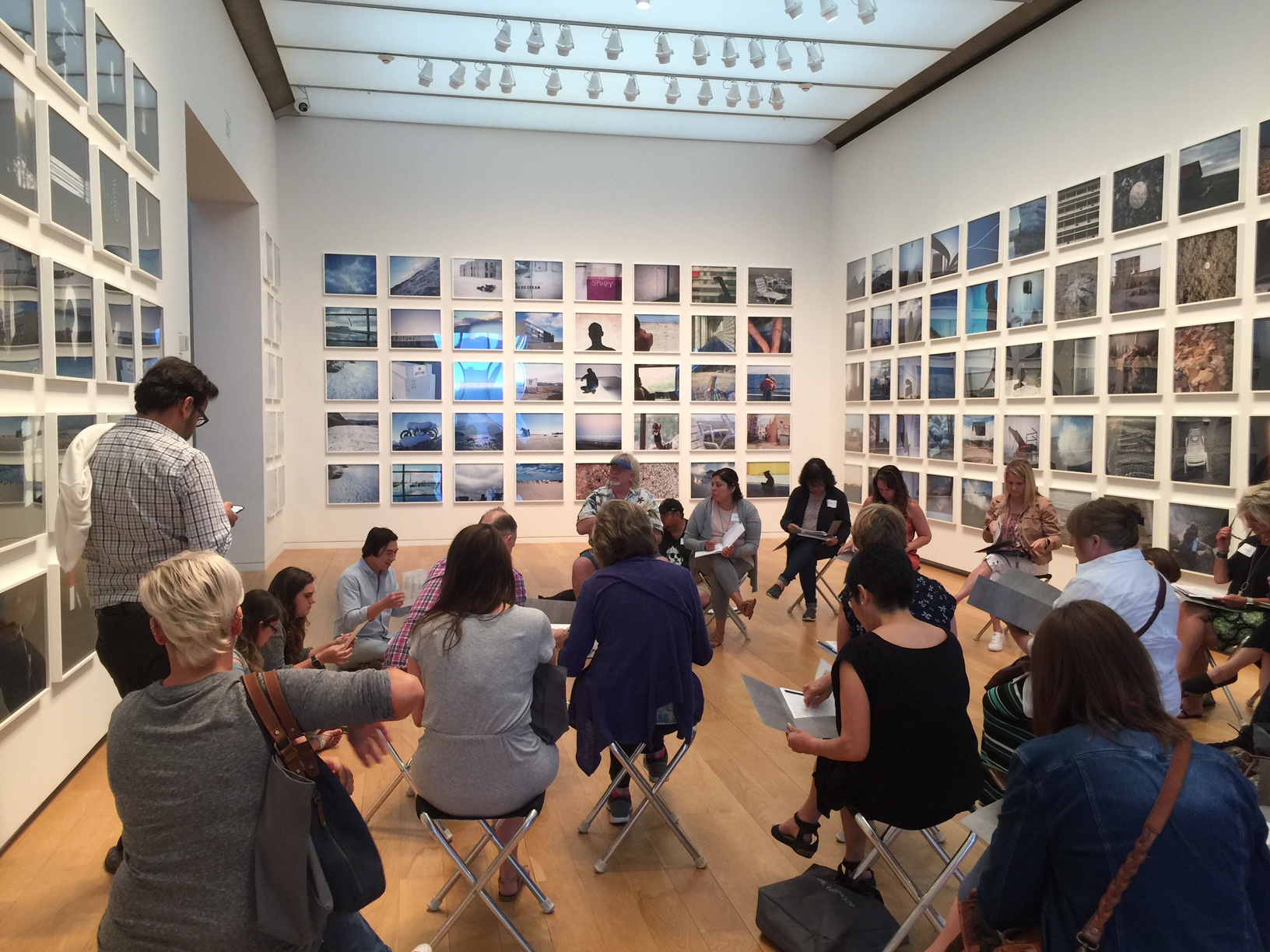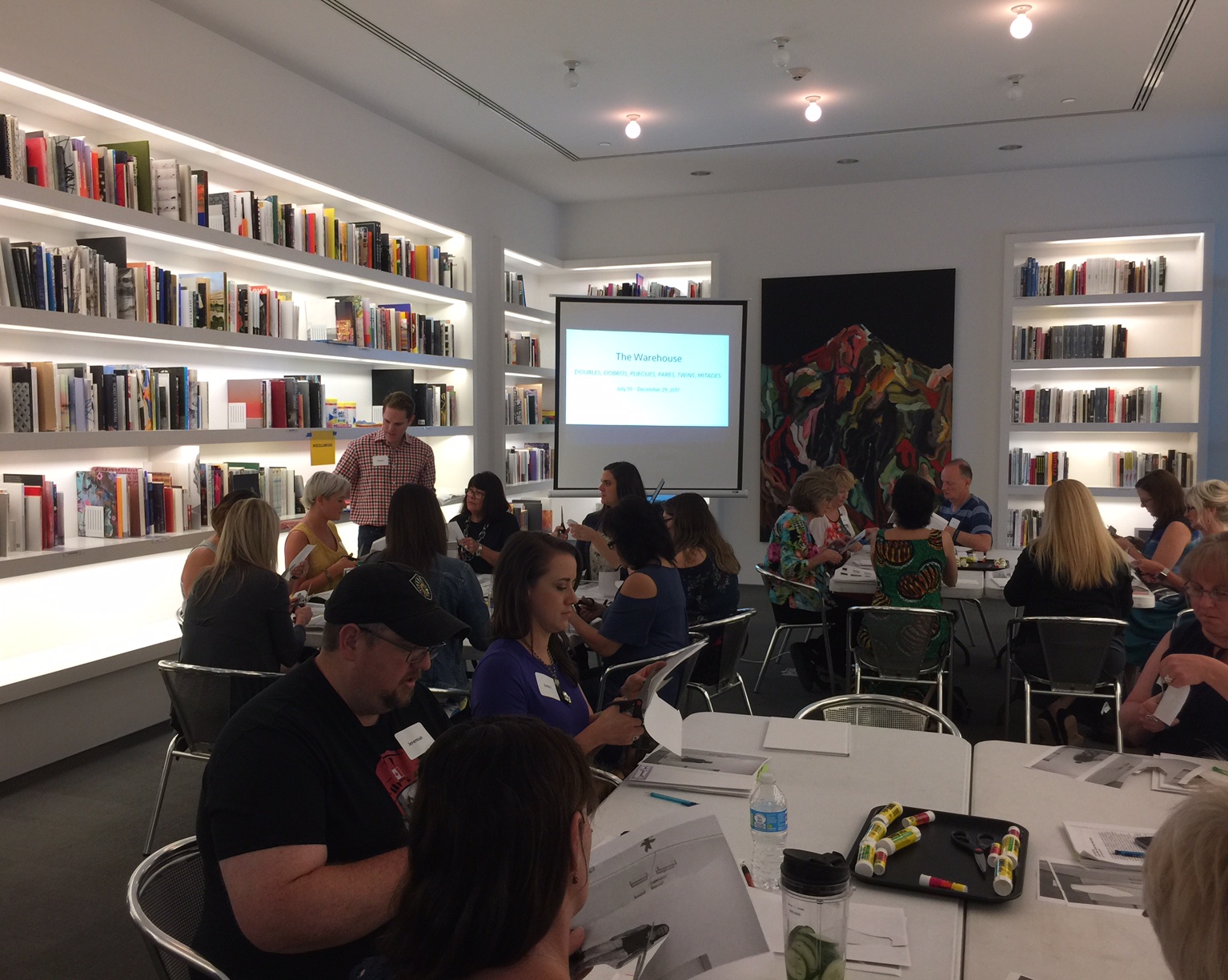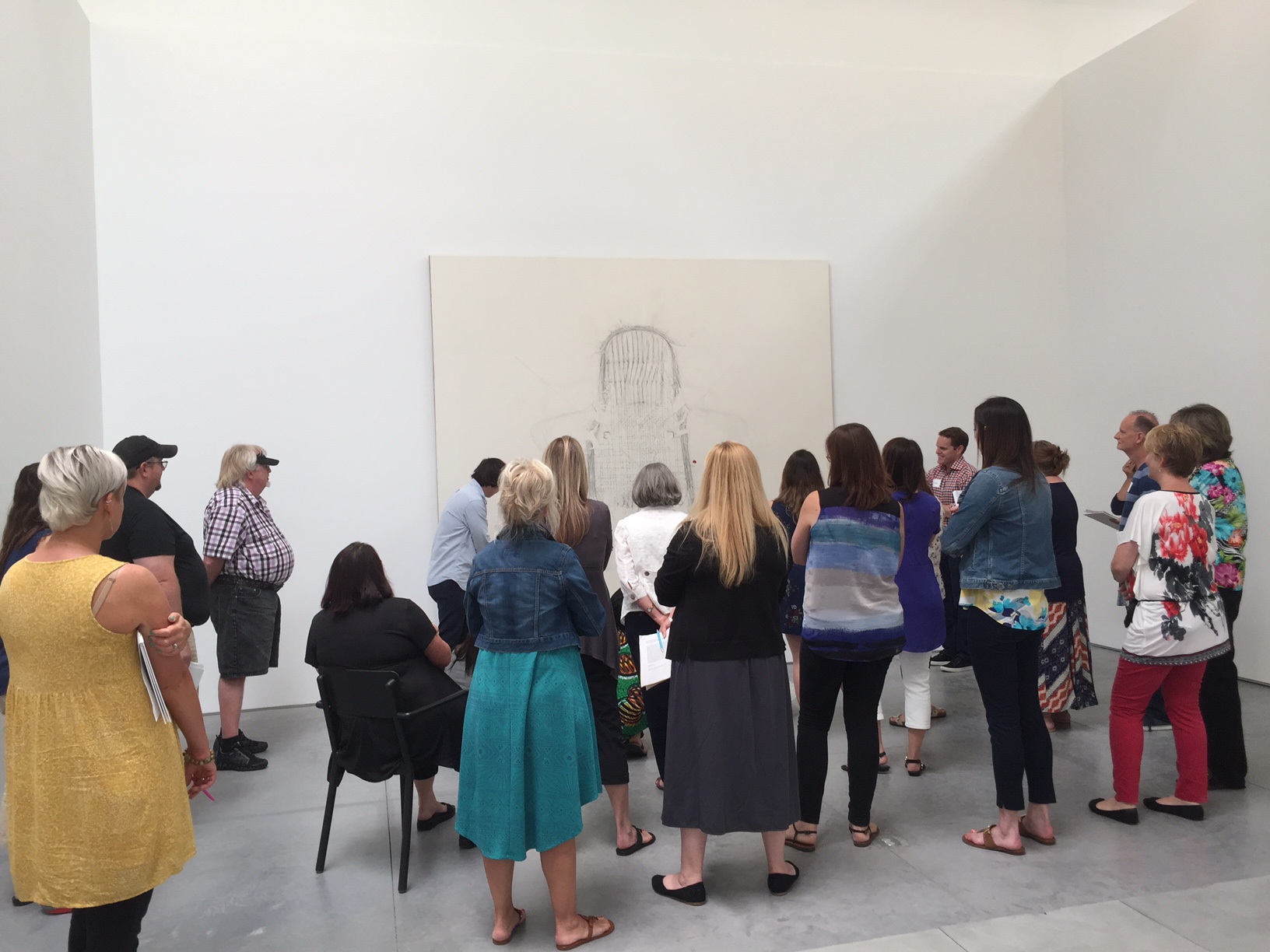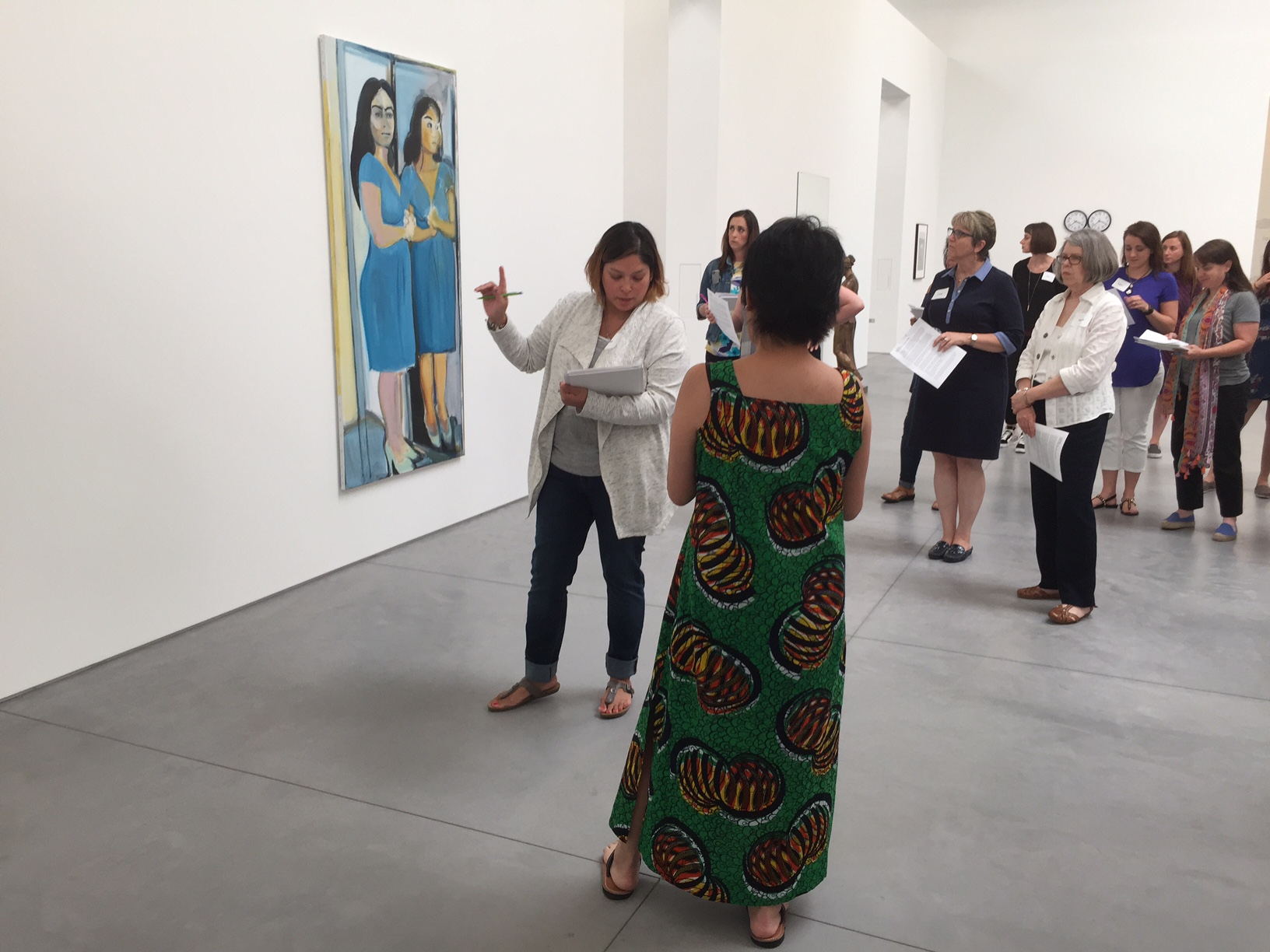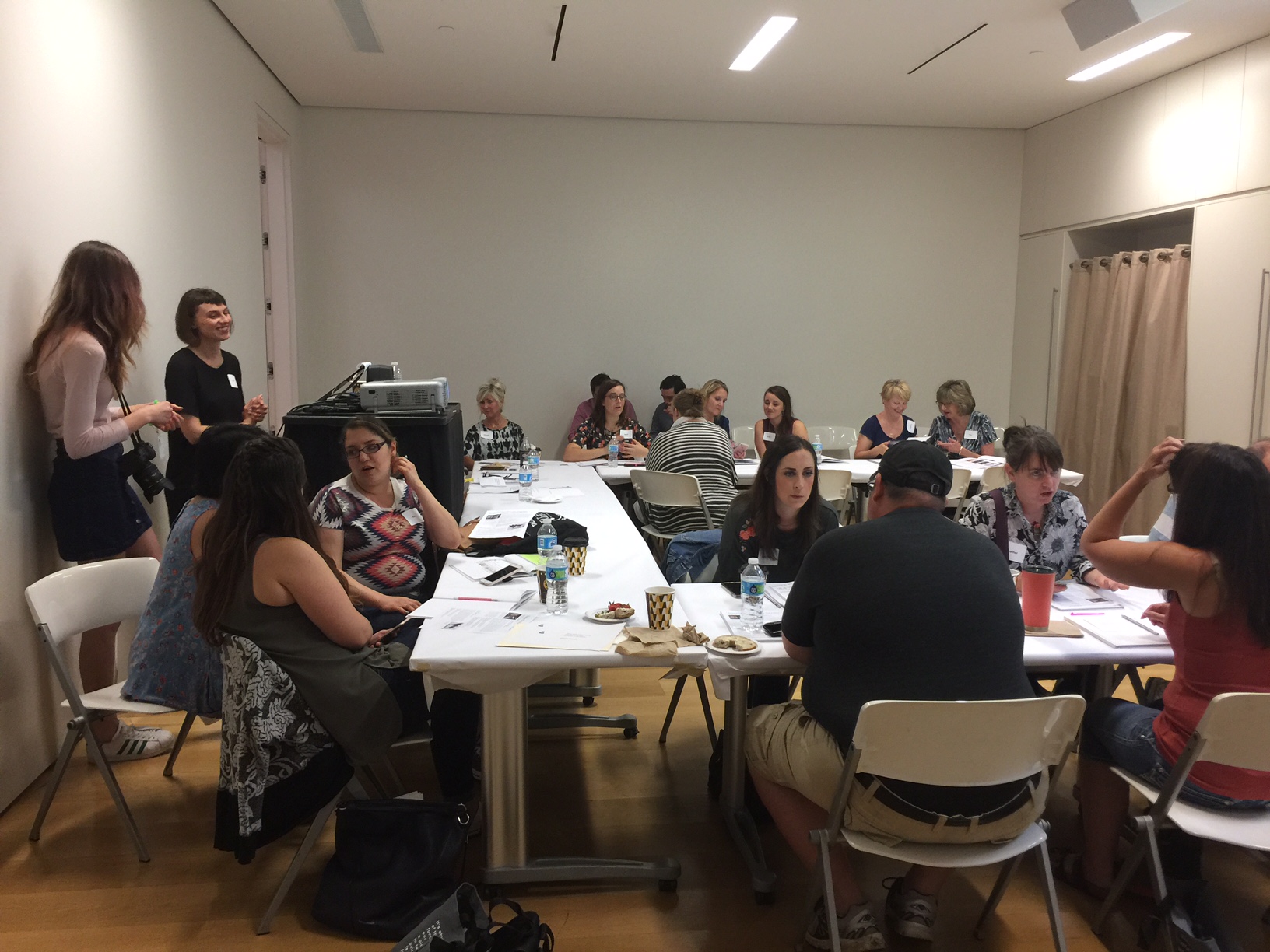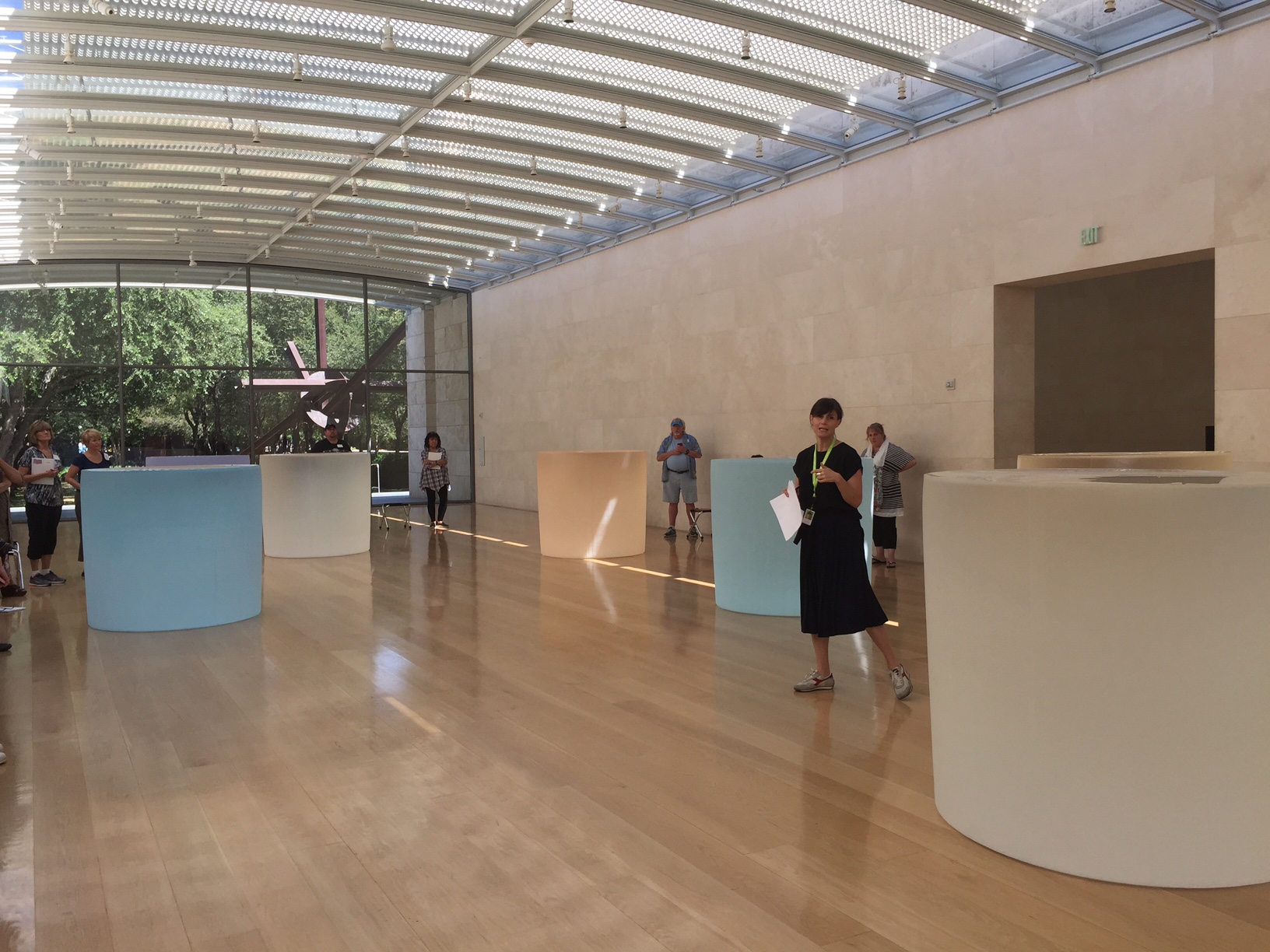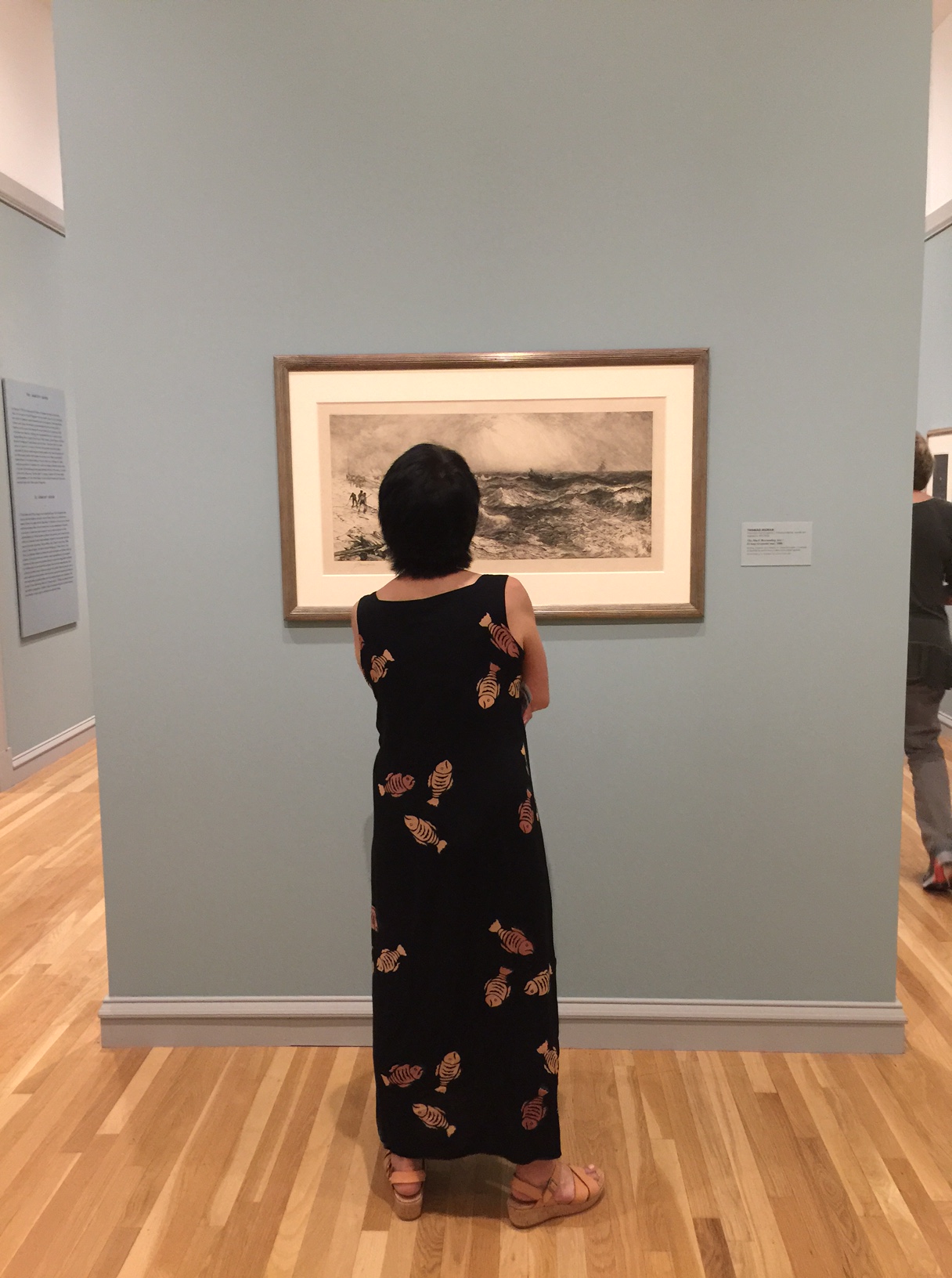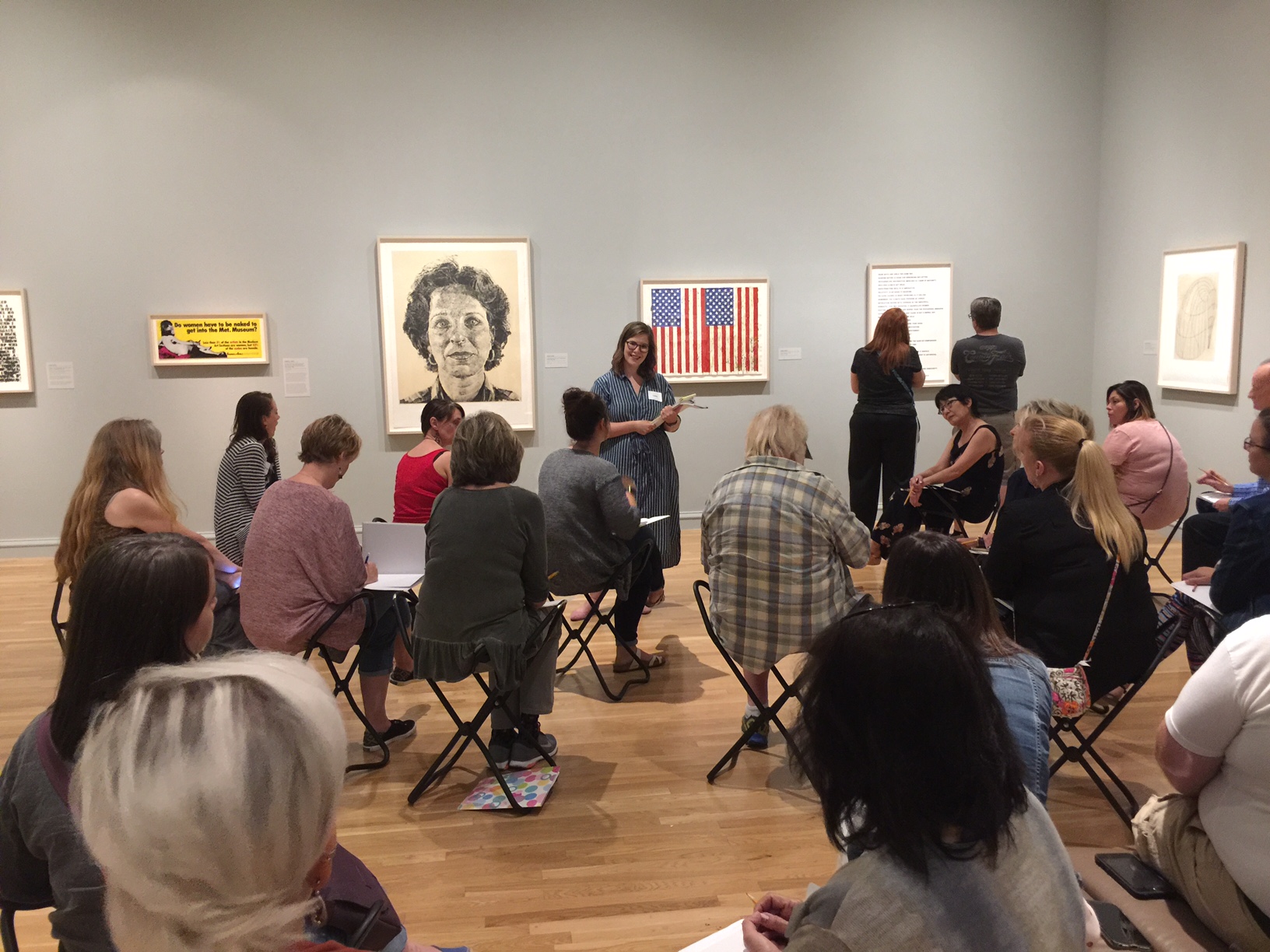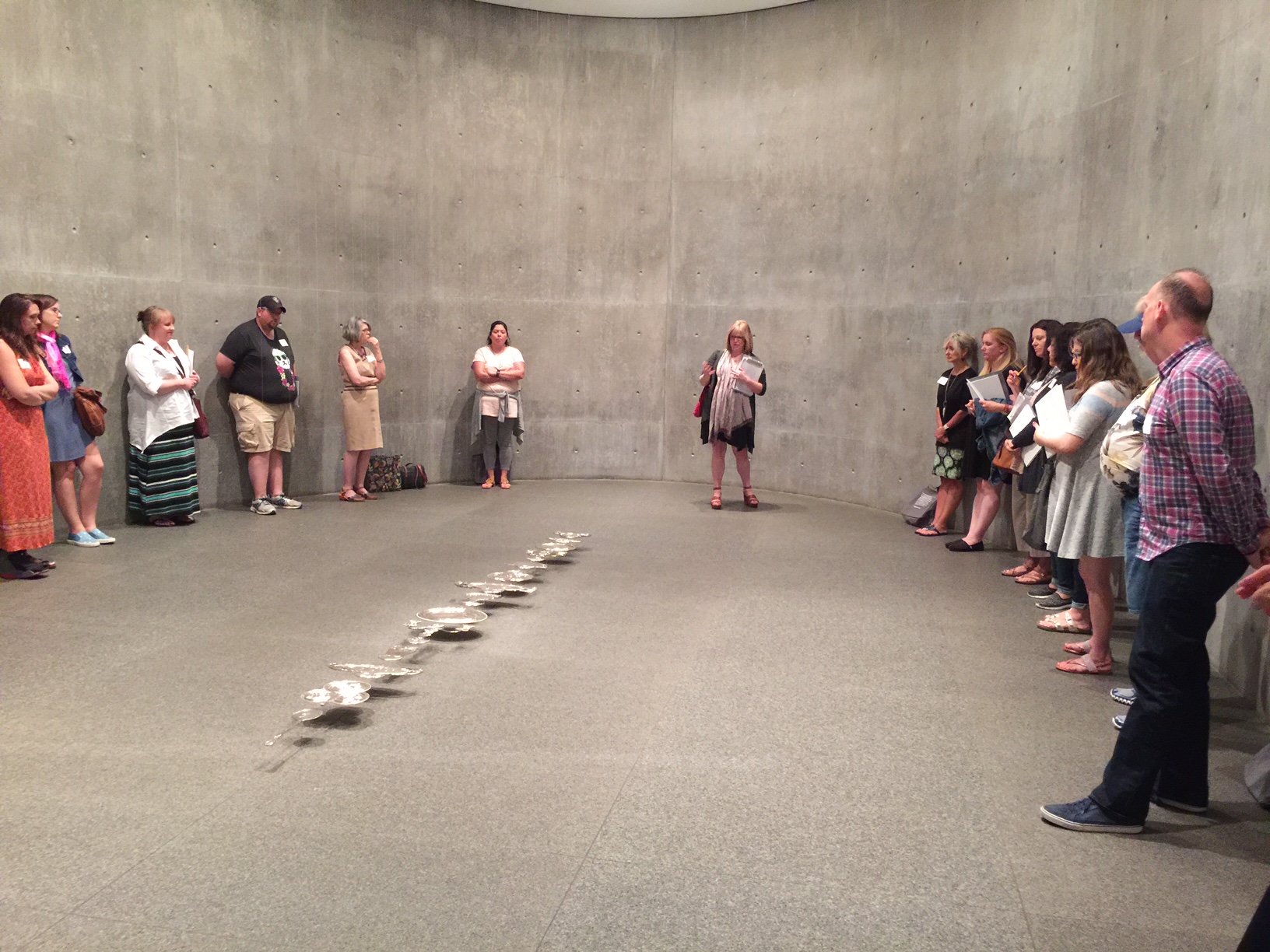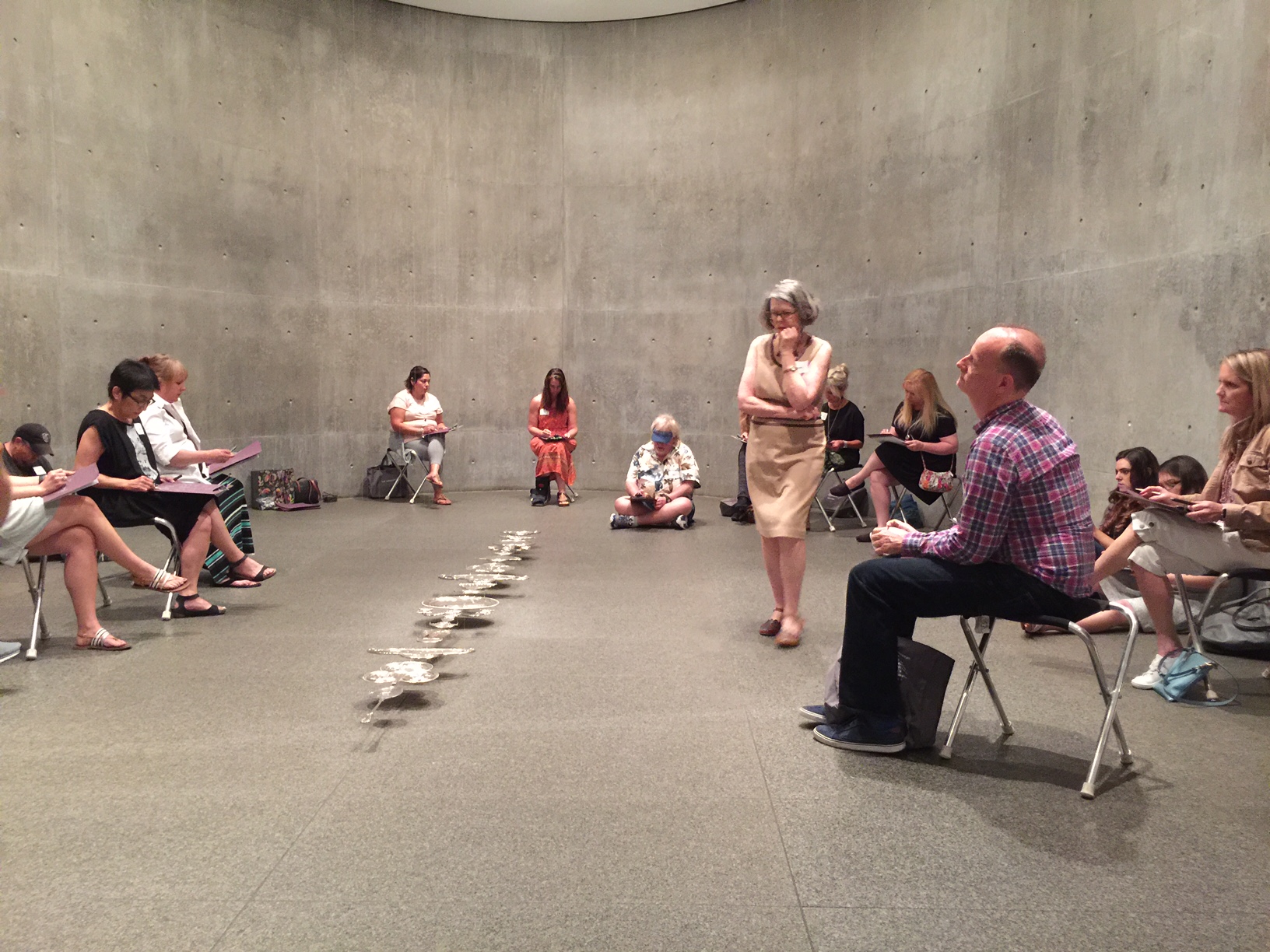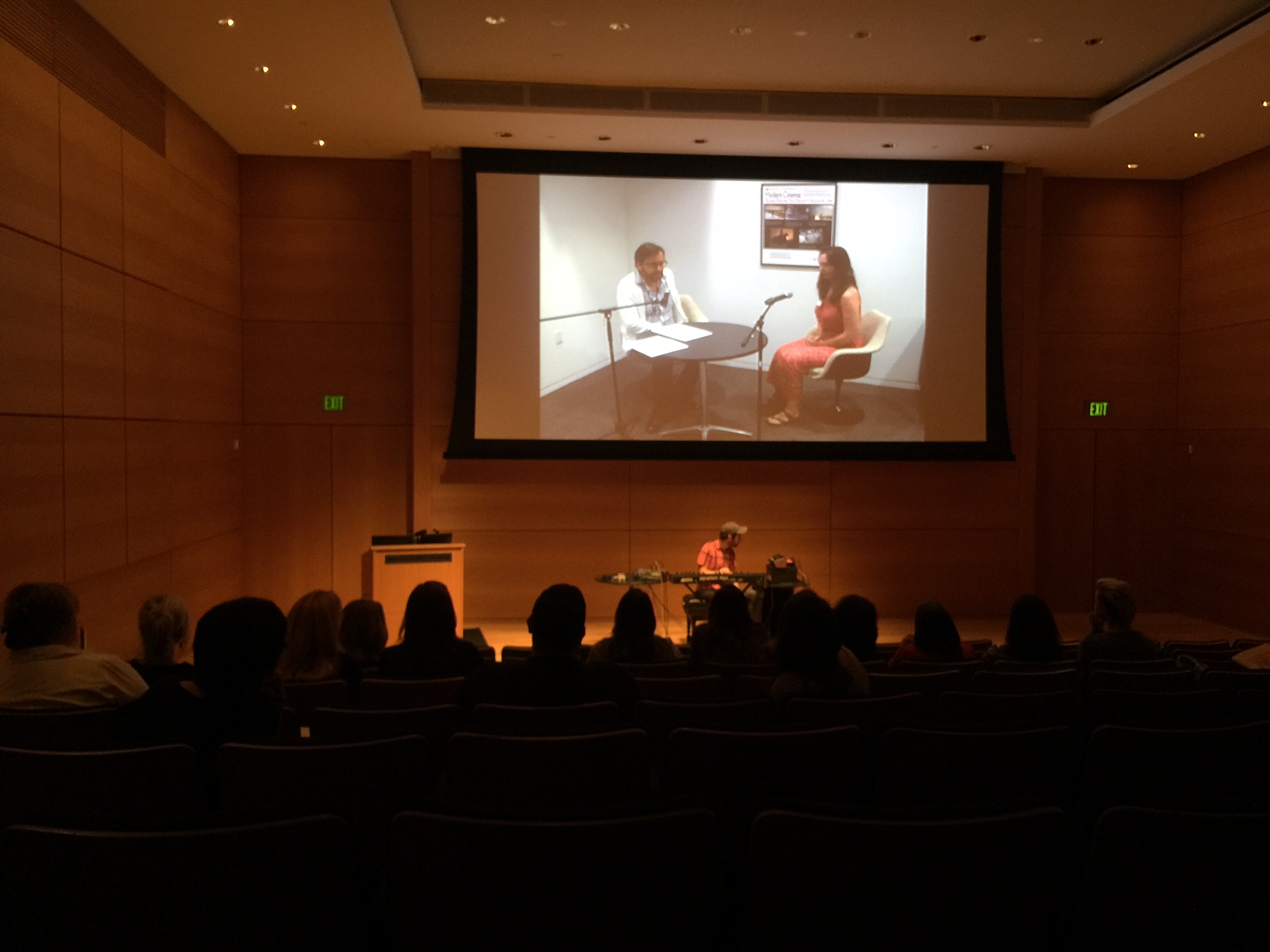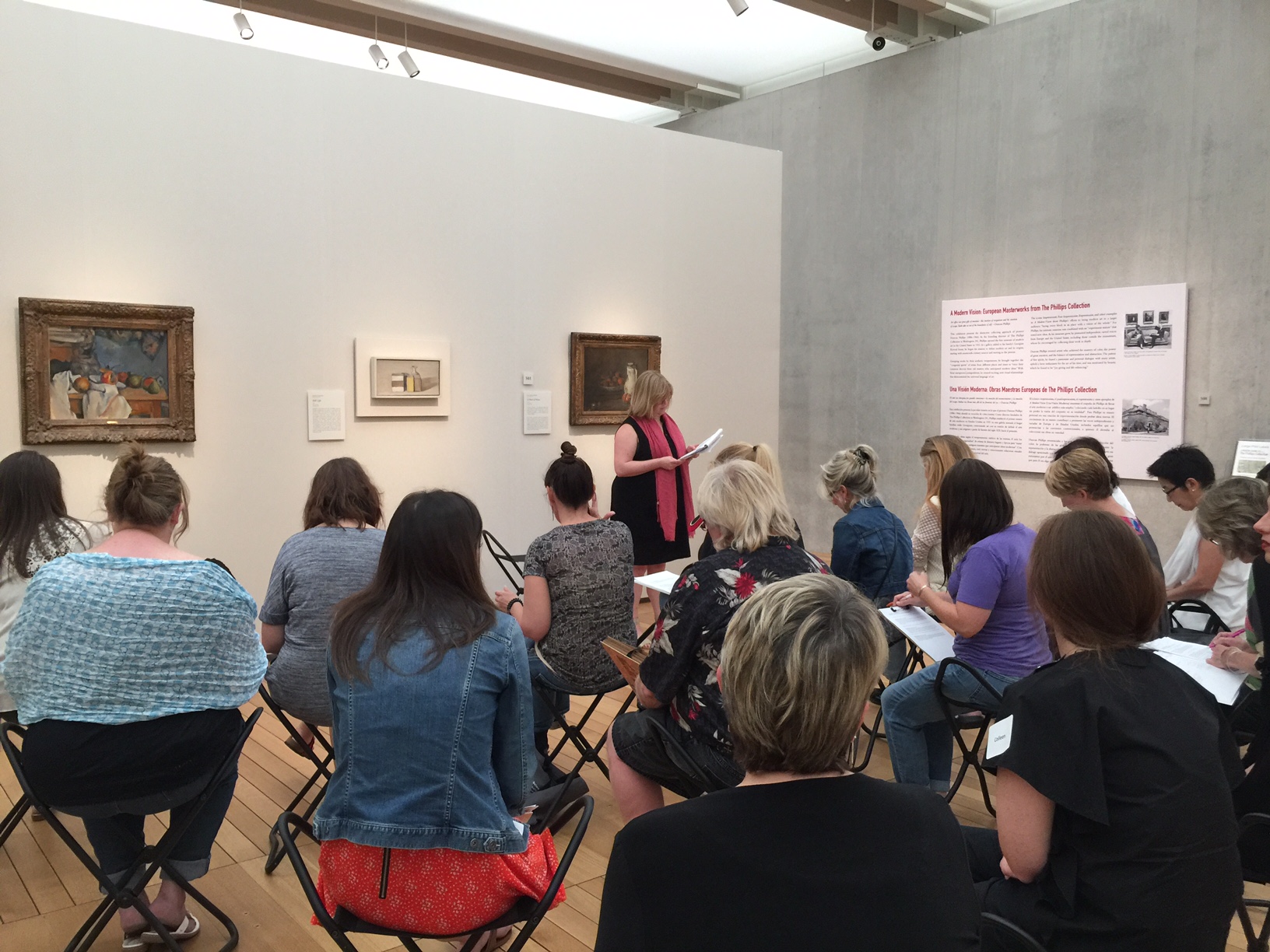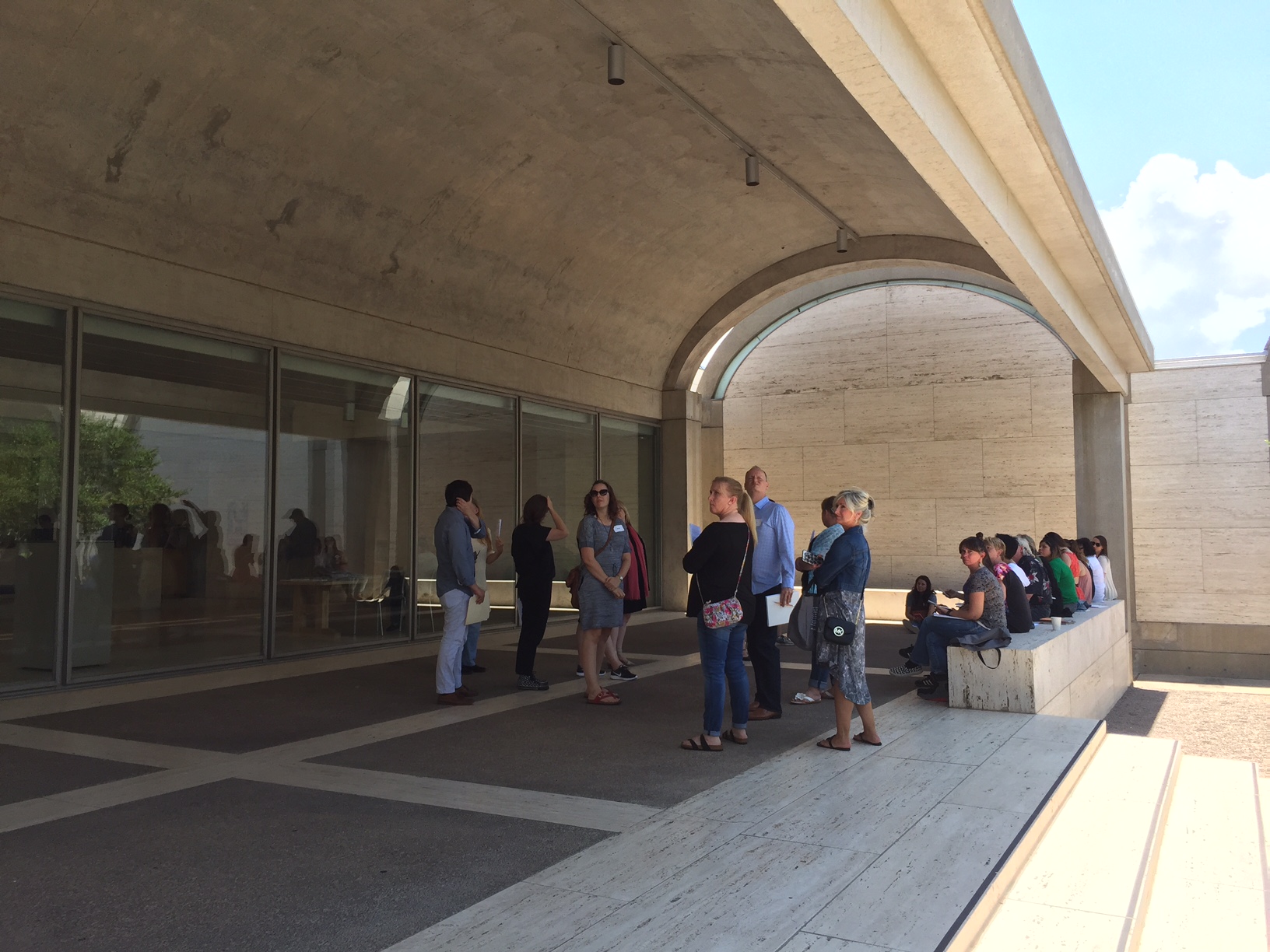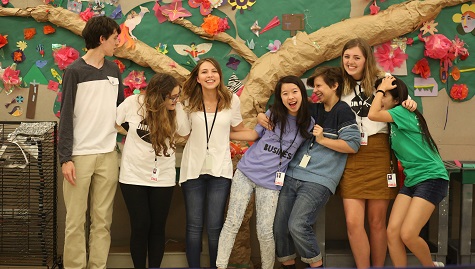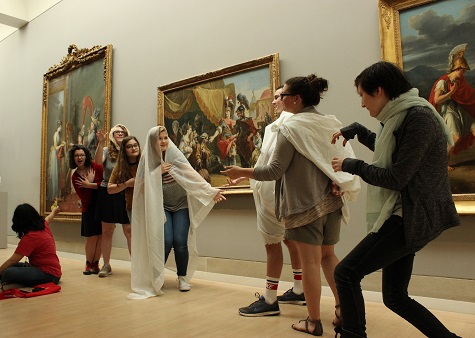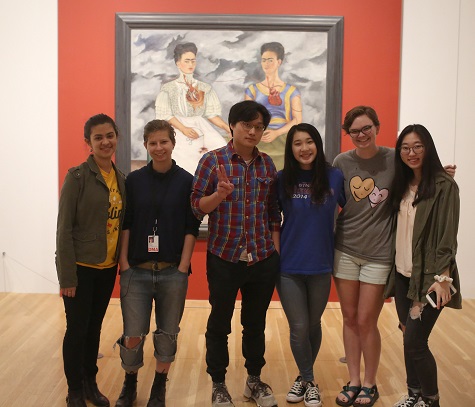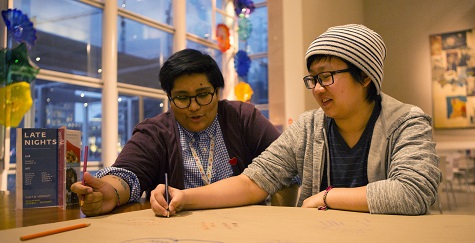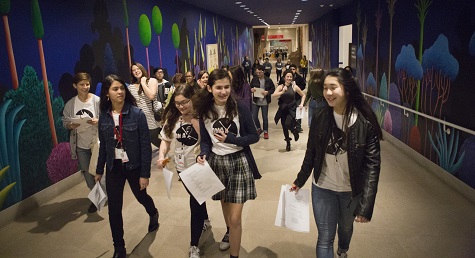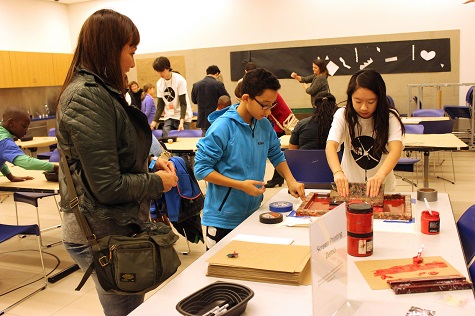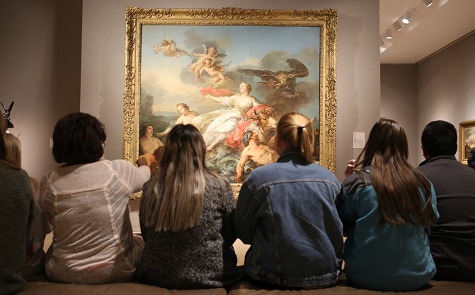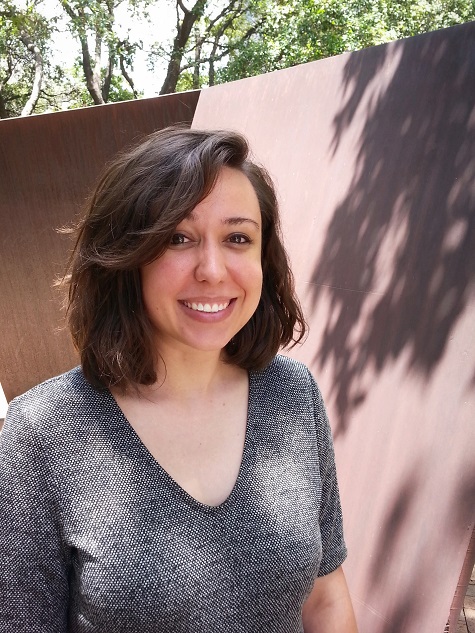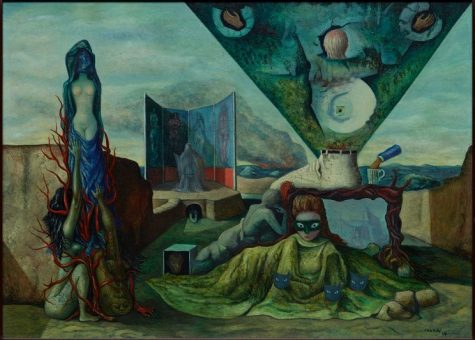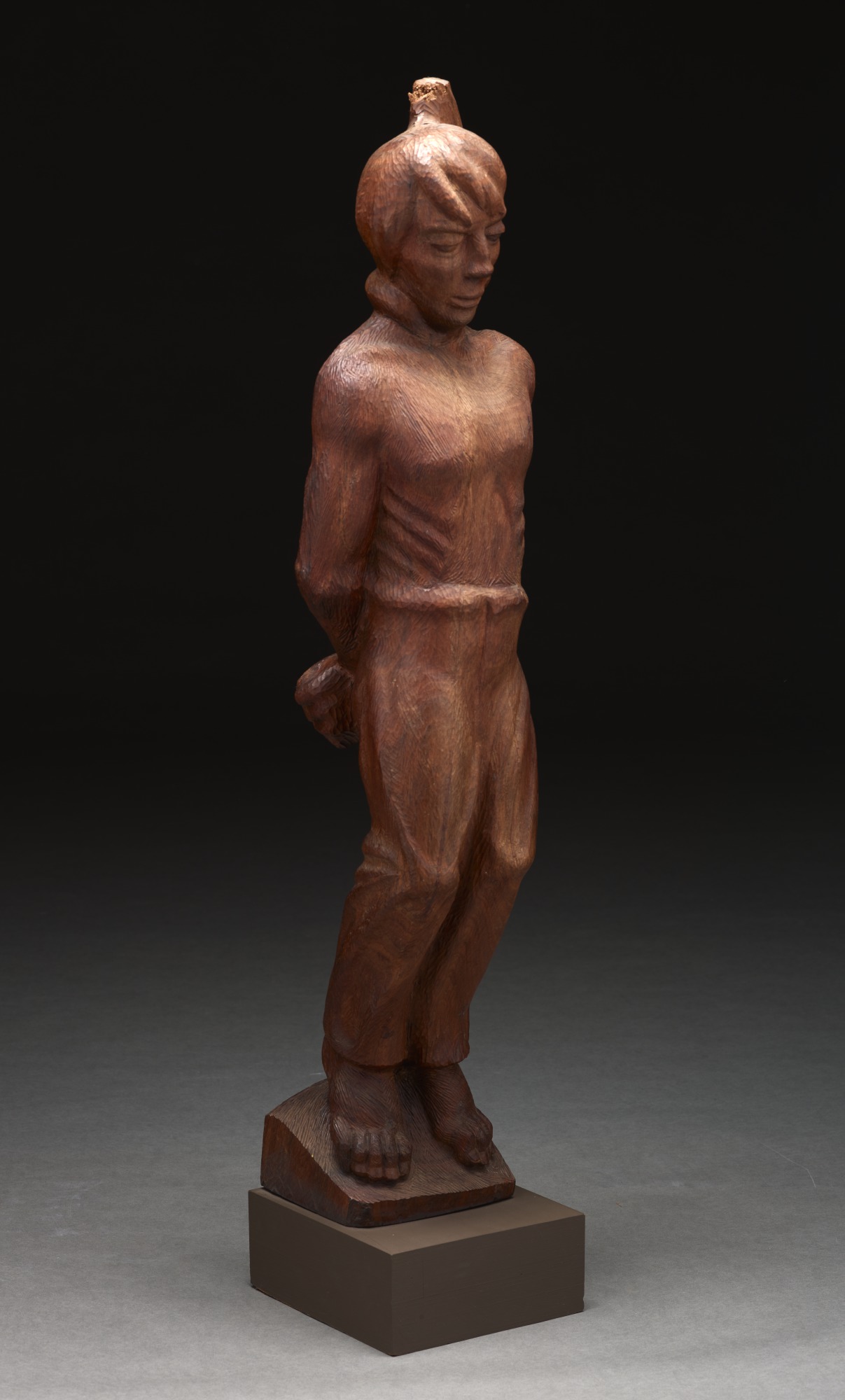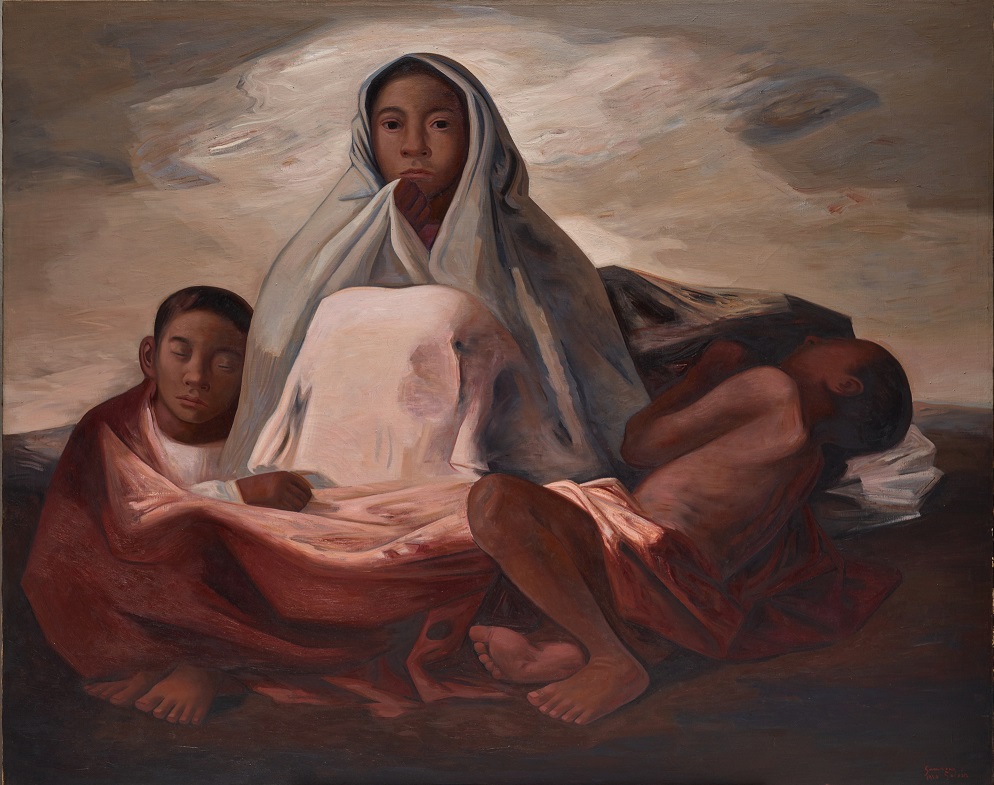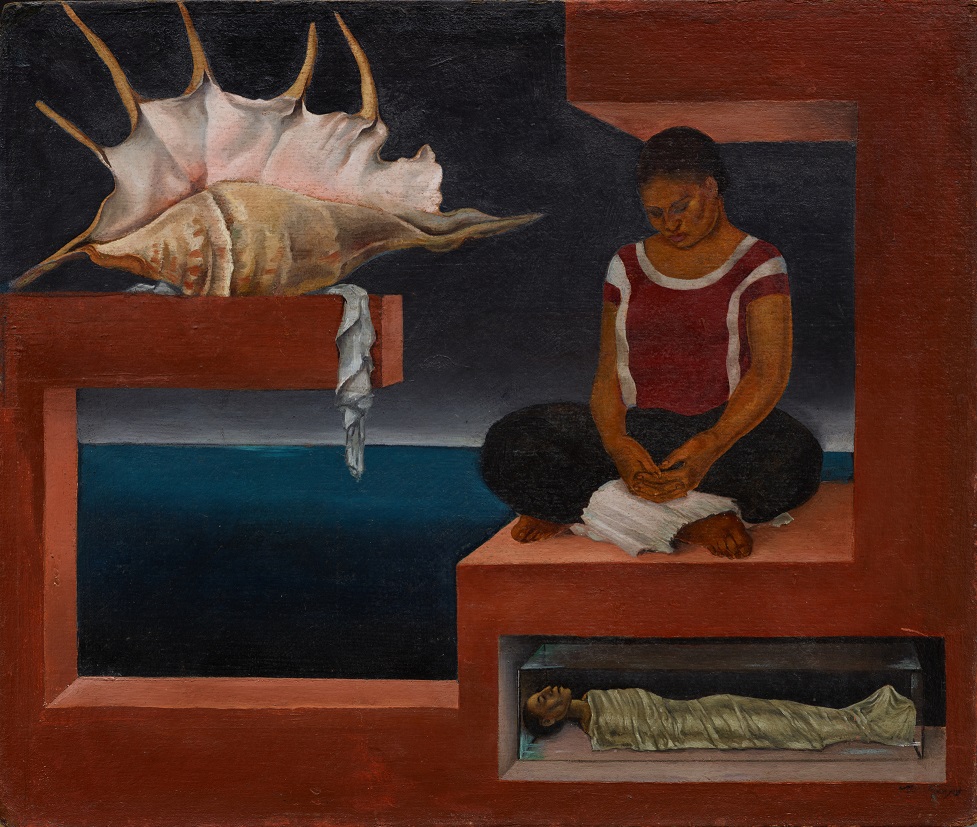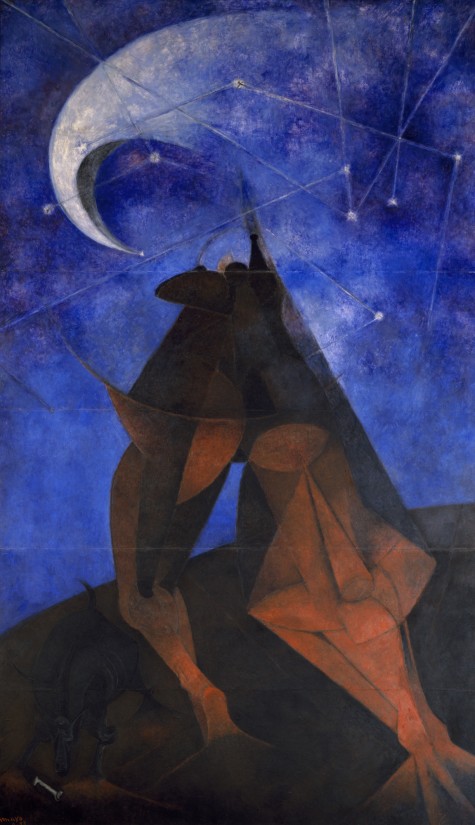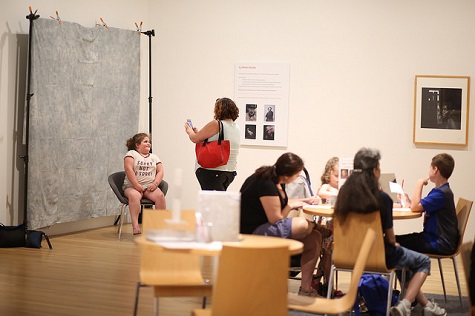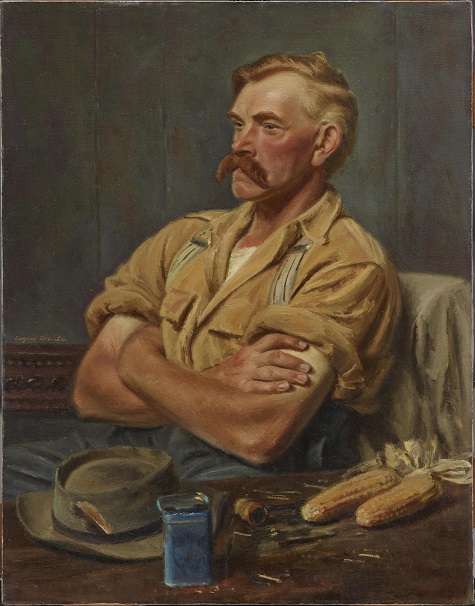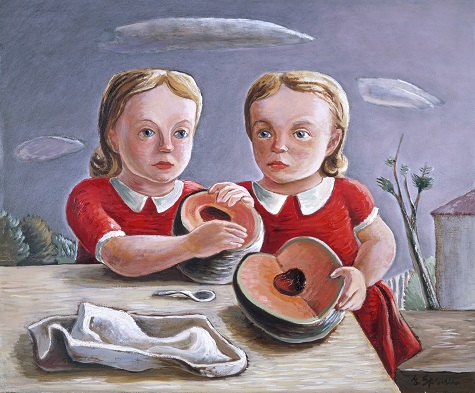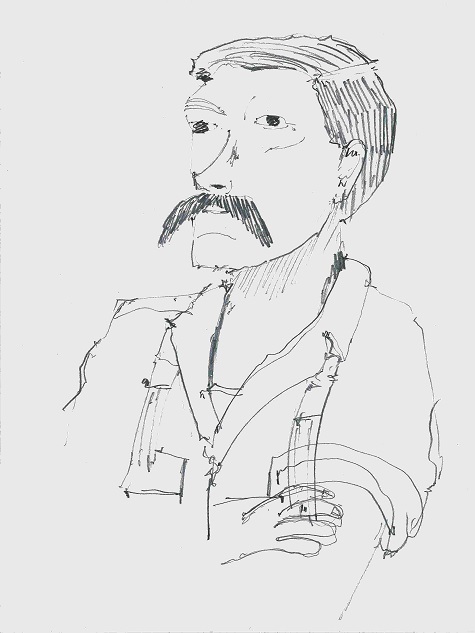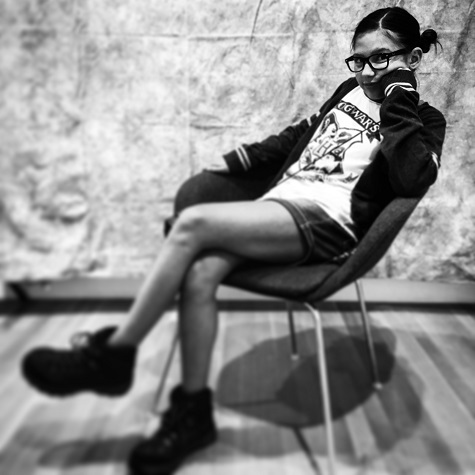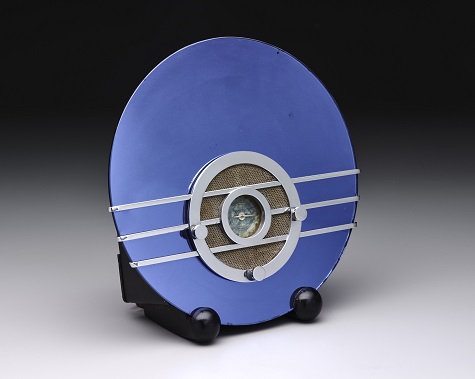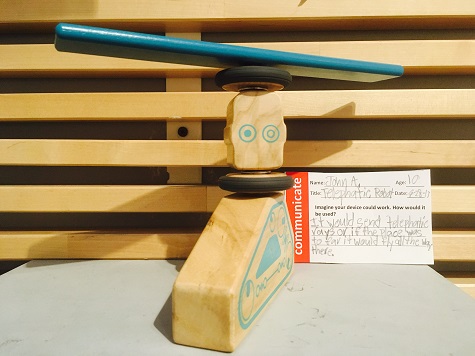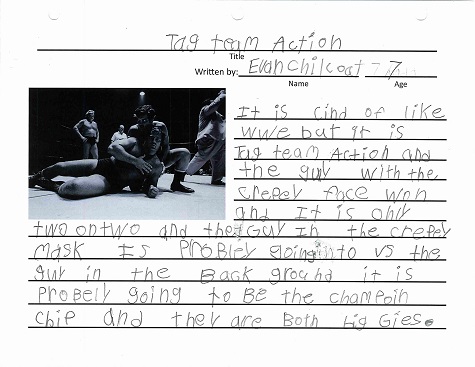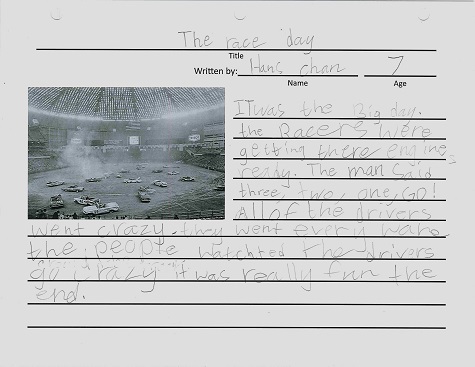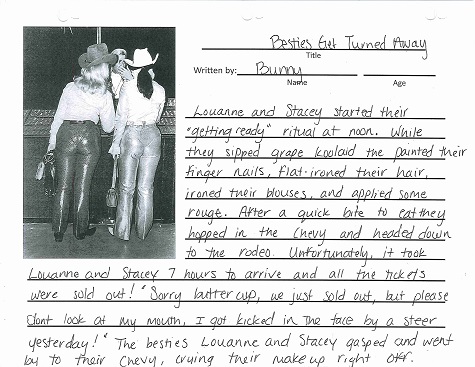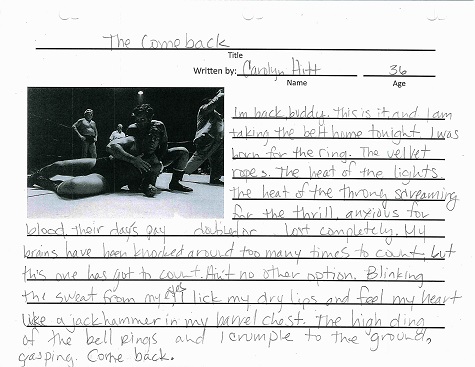Hey everyone! My name is Grecia Soto and I’m a summer intern at the Dallas Museum of Art through the Mayor’s Intern Fellows Program. I had been certain that I would not have the opportunity I had been hoping for this summer. However, one fateful summer morning, I was contacted and informed of a possible internship for me, which I quickly accepted. Against all odds, I arrived at a place that I had never imagined working at: the DMA.
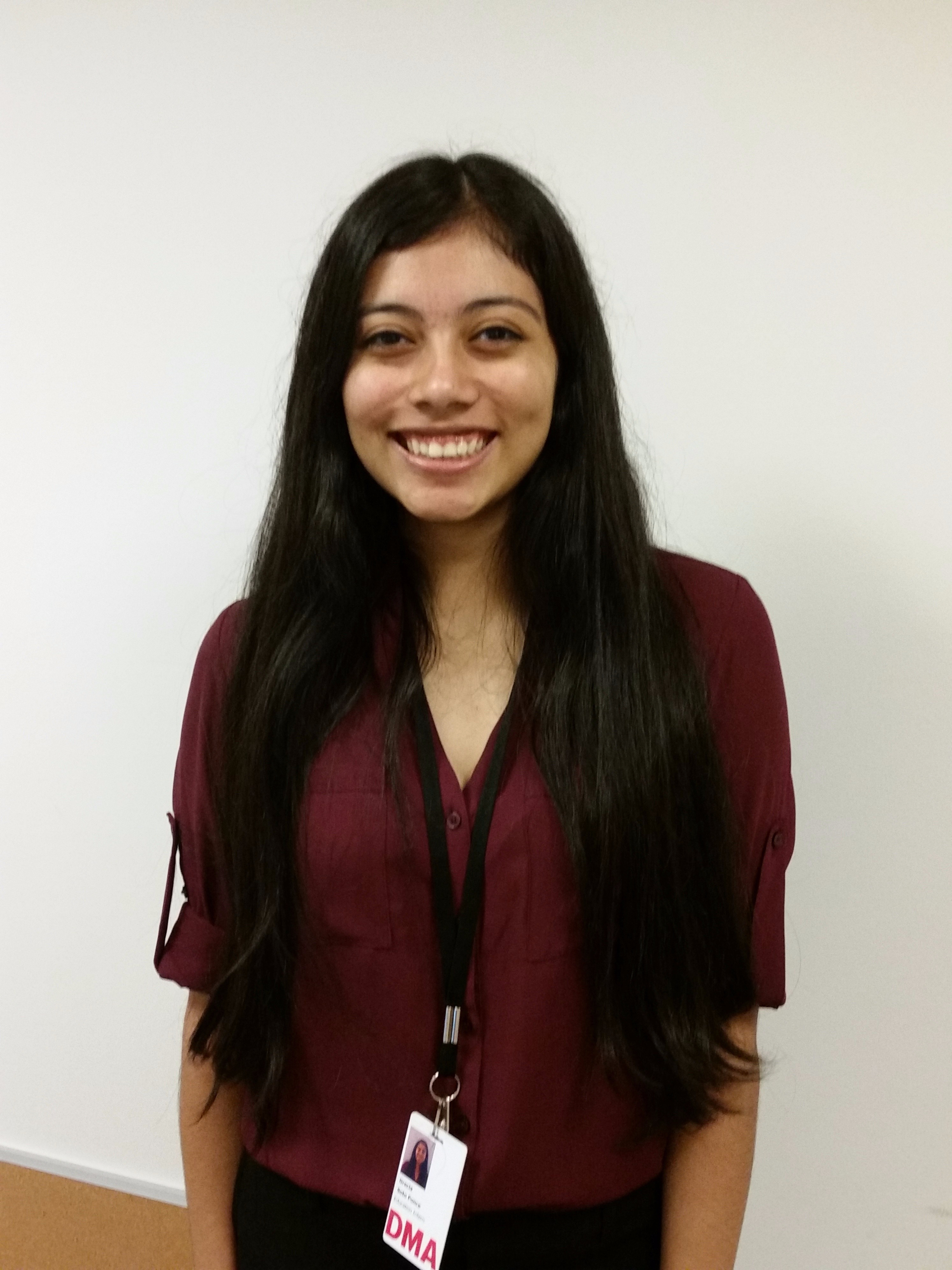
2017 Mayor’s Intern Fellow Grecia Soto
As part of the Education department, I assist with the Go van Gogh program. This summer’s theme was Guardians from Around the World. Children got to learn and talk about guardians from many cultures in the Museum’s artwork as well as guardians in their everyday life. Seeing the kids’ faces light up when they learned who Wonder Woman was inspired by was a definite highlight.
Besides getting to work on Go van Gogh, I got to assist with many other programs here at the DMA, including summer art camps for kids ranging from 4 to 8 years old. I must say working with small kids that I did not know at all was a little intimidating at first, but thanks to the advice and support from the camp teachers, I quickly adjusted. There is something special about a little kid wanting to share everything about their art with you even though they just met you 30 minutes before. I also got to shadow programs like Meaningful Moments, an access program for individuals with early stage dementia or Alzheimer’s and their caregivers.

I also got to attend professional meetings, and even gave a short presentation at one of them. Talking and sharing what I had learned to a room full of experienced adults was slightly terrifying, but I was up for the challenge, and I thank my supervisor Amy Copeland for having given me that opportunity. At meetings like these I found a deeper appreciation for those who work in this field.
Right now I’m standing at the crossroads for a tomorrow that I can’t begin to imagine, but this job has been a window into one of many possible futures for me. During my short stay at the DMA, I learned and experienced much more than I could have ever imagined. I have made many memories both professional and personal. Everyone I encountered here has shown so much passion for what they do and have inspired me to find what I am most passionate about as well.
The DMA was not expecting me, and I was not expecting them; nonetheless, they welcomed me with open arms and for that I am forever grateful.
Grecia Soto
2017 Mayor’s Intern Fellow



